Template for a friendly letter
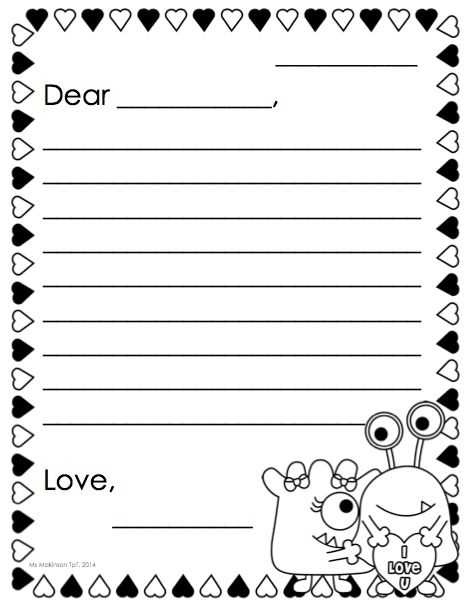
Writing a friendly letter is an excellent way to stay connected with loved ones, share thoughts, and express gratitude. Start with a friendly greeting that sets the tone. Use a casual, warm salutation like “Dear [Name],” to make your message personal and inviting. The introduction should reflect your relationship, so feel free to begin with a question or a quick update about yourself.
In the main body, focus on your message. Whether you’re sharing news, asking questions, or simply catching up, keep the tone light and conversational. Keep paragraphs short to maintain readability. Don’t hesitate to include anecdotes or funny moments to keep things engaging. It’s also nice to ask about their well-being and how their life is going.
End your letter on a positive note, expressing your excitement to hear from them soon or looking forward to future interactions. Close with a friendly sign-off, such as “Warm regards” or “Take care”, followed by your name. This friendly format is simple, but it strengthens your connection and makes your recipient feel special.
Template for a Friendly Letter
Start your friendly letter with a warm greeting. You can begin by addressing the person you are writing to, followed by a personal touch. Here’s an example: “Dear Sarah,” or simply “Hi John,” depending on how informal you want to be. You can also add a sentence expressing how you’ve been thinking about them lately.
Body of the Letter
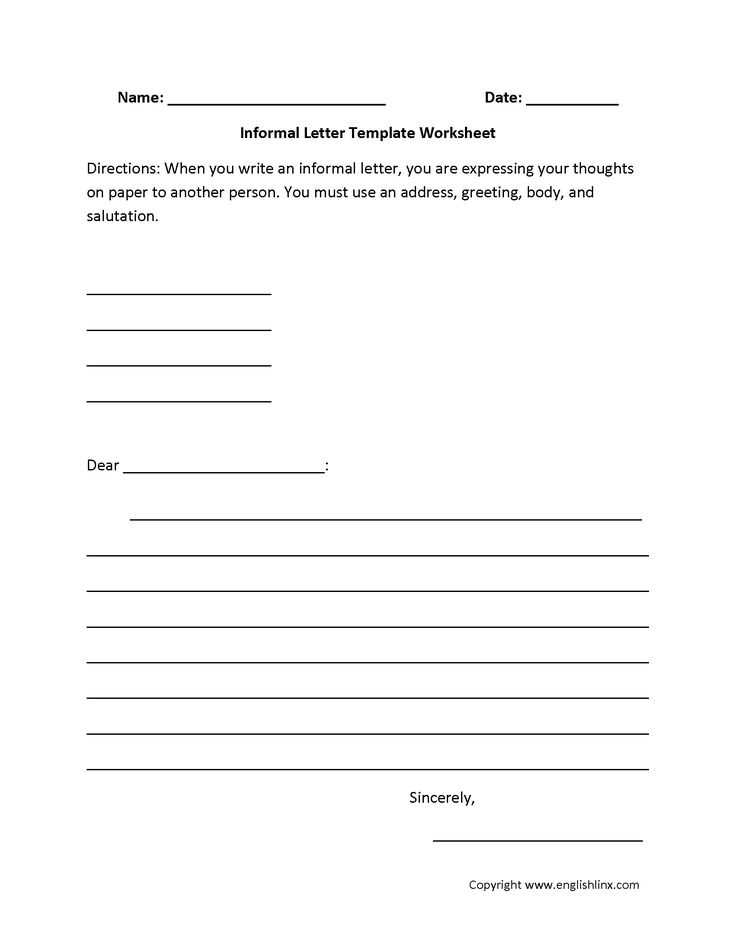
In the next section, share what’s on your mind. Talk about recent events, experiences, or thoughts you want to discuss. This is where you build a connection, so feel free to be yourself and speak openly. If you’re catching up with someone, mentioning mutual interests or experiences makes the letter more personal. For instance: “I recently moved into my new apartment, and it’s been quite a change! How are things on your end?”
Make sure to keep the tone conversational and relaxed. It’s not necessary to write in perfect formal language–let the conversation flow naturally. Ask questions or give small updates that would interest the recipient. If you know they’ve been busy, acknowledge it in a supportive way: “I know you’ve had a lot on your plate lately, but I hope things are calming down for you.”
Closing the Letter
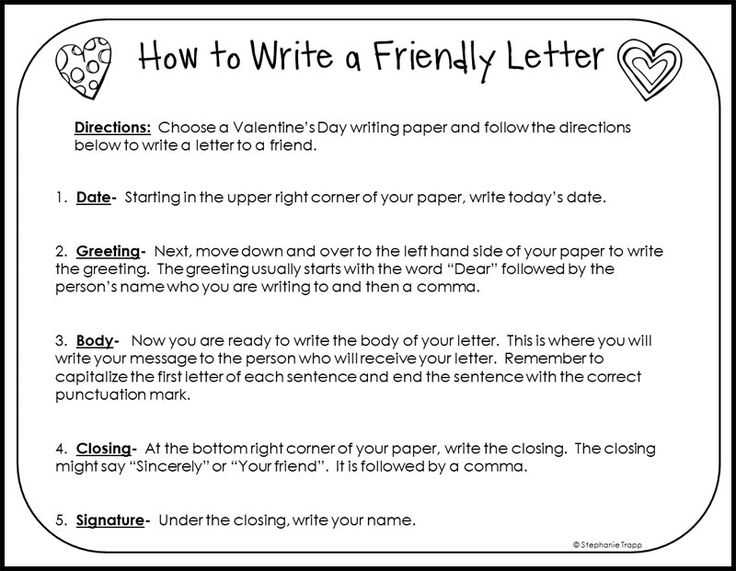
End with a friendly sign-off that matches the tone of your letter. You can keep it simple with “Take care” or “Looking forward to hearing from you.” If you’re writing to someone you’re very close with, feel free to be more affectionate: “Hugs” or “Love” work just fine. After your closing, sign your name in a casual manner, like: “Best, [Your Name]” or simply “[Your Name].”
| Part | Example |
|---|---|
| Greeting | Hi Emily, |
| Body | I’ve been thinking about you a lot lately. How’s everything going? I just got back from my trip to Italy, and I’d love to share the details with you! |
| Closing | Can’t wait to catch up. Talk soon, John |
By following this structure, you’ll be able to write a friendly letter that feels personal and genuine, ensuring your recipient will feel appreciated and eager to respond.
Choosing the Right Salutation for Different Relationships
Use a salutation that reflects the level of closeness and formality in your relationship. For professional connections, start with “Dear [Name],” to maintain respect. For colleagues you know well, “Hi [Name]” or “Hello [Name]” works perfectly. Avoid being too casual if you’re unsure about the formality level.
For close friends and family, opt for a warm greeting like “Hey [Name]” or simply “[Name]!” These informal options show familiarity and affection. In more intimate relationships, you might use endearing terms like “Sweetheart” or “Darling,” depending on the tone of your bond.
When addressing someone in a more formal setting, such as an acquaintance or a client, “Dear [Title] [Last Name]” is suitable. You can also adjust based on the situation–if you know the person well, “Hi [Title] [Last Name]” can add a personal touch without being too informal.
Understanding the nature of your relationship is key. If you are unsure, it’s better to lean towards a more formal greeting initially. Over time, as the relationship develops, you can switch to something more casual if it feels right.
Structuring Your Opening Paragraph to Set the Tone
Begin with a direct address or a question that draws in the reader, creating an immediate connection. For example, “Have you ever thought about how a simple letter can brighten someone’s day?” This not only sparks curiosity but encourages engagement. Keep the tone light and approachable, showing that your message will be friendly and relatable.
Avoid overwhelming the reader with too much information right away. Instead, offer a brief glimpse into the purpose of the letter. This allows the reader to understand what to expect without feeling bombarded. A clear and concise sentence, like “I wanted to write to share some exciting news,” sets up the letter without unnecessary detail.
The first paragraph should also establish your mood. Whether it’s cheerful, empathetic, or thoughtful, the choice of words will signal the tone throughout the rest of the letter. For instance, a warm greeting such as “I hope this letter finds you well” immediately sets a positive tone, whereas something more reflective might sound like, “I’ve been thinking a lot about our last conversation.”
Make the opening paragraph inviting by leaving room for the reader to feel like part of the conversation. A friendly, personal tone encourages continued reading and helps the recipient feel comfortable. Keep the paragraph short but meaningful, as it serves as the foundation for your message’s flow.
How to Share Personal Updates in a Clear, Engaging Way
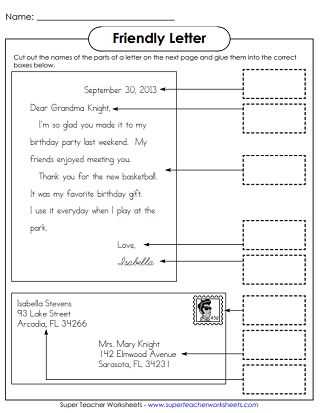
Be direct but warm. Share the key points of your update right away. Avoid long preambles that could lose the reader’s interest.
Use storytelling to make your update relatable. Rather than just stating facts, frame your update within a narrative that highlights the most interesting details. For example, if you’re sharing a career milestone, tell the story behind it: the challenges you faced, how you overcame them, and what the outcome was.
Focus on the Human Element
Personal updates often resonate more when there’s an emotional connection. Don’t shy away from expressing your feelings–whether you’re excited, nervous, or thankful. Just make sure your tone matches the context and audience. Sharing a moment of personal growth or a lesson learned can create empathy and engagement.
Keep It Concise and Structured
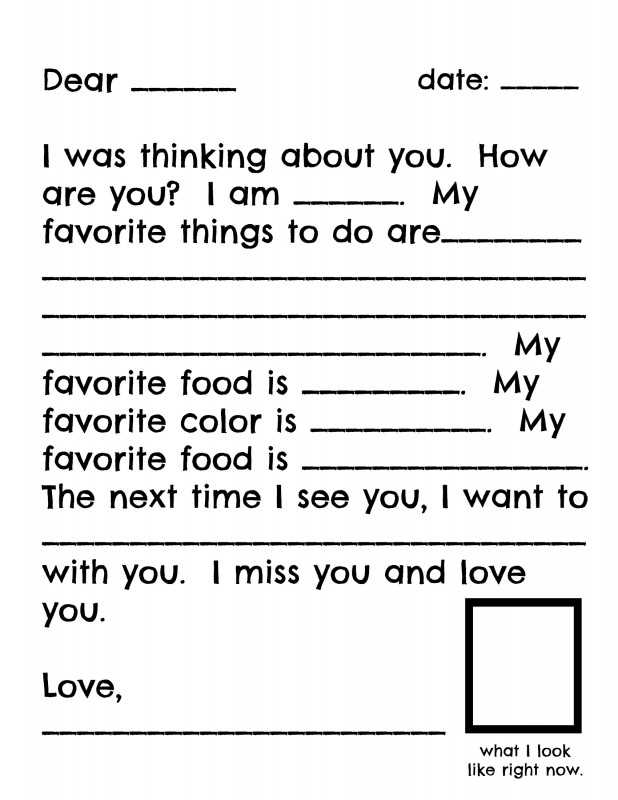
Stick to the most relevant points. Long, winding paragraphs can overwhelm the reader. Break your update into short, digestible chunks to make it easy to follow. If there are multiple updates, list them in bullet points or sections. This keeps things organized and avoids confusion.
Offering Support or Encouragement with Sensitivity
When offering support or encouragement, focus on acknowledging the other person’s feelings without rushing to provide solutions. Show that you understand their situation and give them space to express their thoughts.
Be Present and Listen
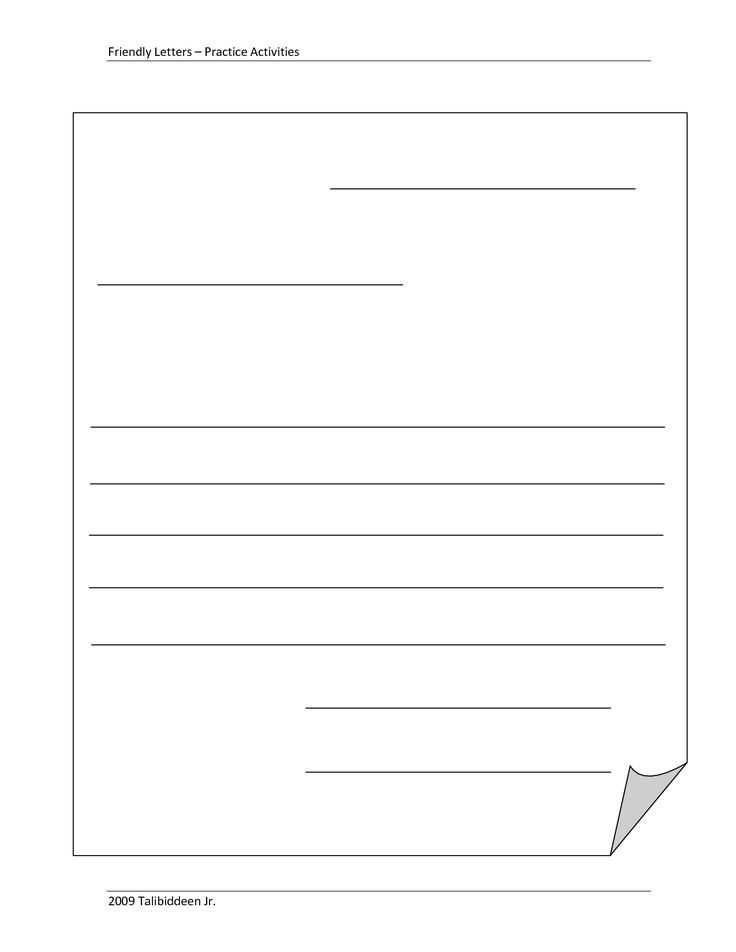
Active listening can be more helpful than offering advice. Allow the other person to share their thoughts fully. Avoid interrupting or finishing their sentences. Let them know you hear them by nodding or summarizing what they’ve said.
Be Genuine with Your Words
- Use empathetic language. Say things like, “I can see how that must be tough,” instead of offering immediate solutions.
- Compliment their strength or perseverance. “It’s impressive how you’ve managed to handle this so far,” is a supportive way to acknowledge their effort.
- Avoid empty phrases. “Everything will be fine” can feel dismissive if the person is struggling with something significant.
Support is about providing comfort and understanding. Instead of focusing on fixing things immediately, create a space where the person feels heard and valued. This allows them to find their own way forward at their own pace.
Writing a Memorable Closing Line That Reflects Your Relationship
Tailor your closing line to match the nature of your connection with the recipient. The tone you set will shape their final impression of your message.
- For close friends or family, use warmth and personal touches. A line like “Can’t wait to see you soon!” or “Sending you all my love” adds a heartfelt note.
- If the relationship is more casual or professional, consider keeping it light yet friendly. “Looking forward to hearing from you” or “Wishing you all the best” strike a nice balance.
- For romantic partners, go for something that reflects the intimacy of your bond. A line such as “I miss you already” or “With all my heart” creates a deeper connection.
Consider how your closing line can strengthen your relationship. For example, an inside joke or shared memory can make the sign-off even more personal. Just ensure it’s appropriate for the situation and the recipient’s personality.
A memorable closing reflects the closeness of your relationship, so choose words that feel authentic and true to the dynamic you share. Don’t be afraid to get creative and unique with your sign-off, making sure it leaves a lasting, positive impression.
Formatting the Letter for Maximum Readability and Style
Choose a clean, professional font like Arial, Helvetica, or Times New Roman. Stick to a size between 10-12 pt for body text, ensuring the letter is easy on the eyes. Consistent line spacing–1.15 or 1.5–provides enough breathing room for the reader and prevents your letter from appearing cramped.
Paragraph Structure
Keep paragraphs short. No more than 3-4 sentences per paragraph ensures that your content remains digestible. Each paragraph should introduce one idea, followed by a clear, concise explanation or action step. Break longer paragraphs into smaller ones for better flow.
Margins and Alignment
Use 1-inch margins on all sides. Align text to the left, as it makes the letter more natural and easier to follow. Avoid center-aligning paragraphs or headings, as this can disrupt the flow of reading.
Use bold and italics sparingly to highlight key points, but don’t overdo it. Strong emphasis on too many words reduces impact. Instead, rely on clear sentence structure and spacing to create a natural rhythm.
Proofread your letter for both readability and style before sending it out. Simple formatting tweaks can make a big difference in how your letter is received.